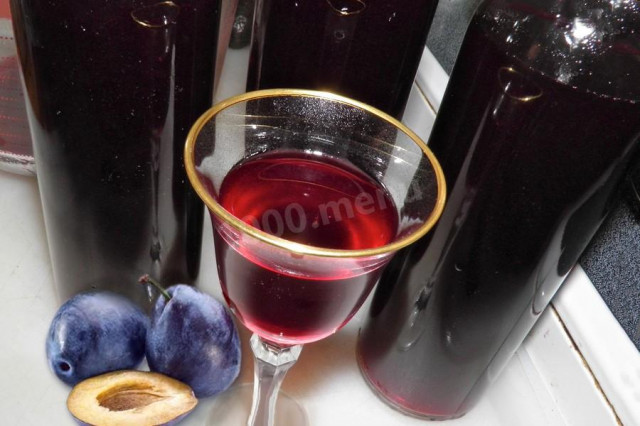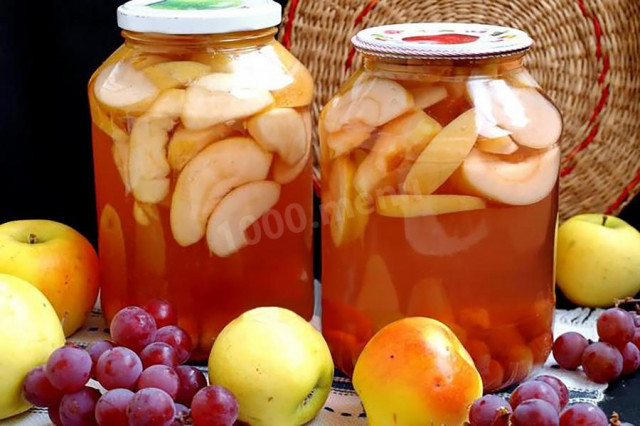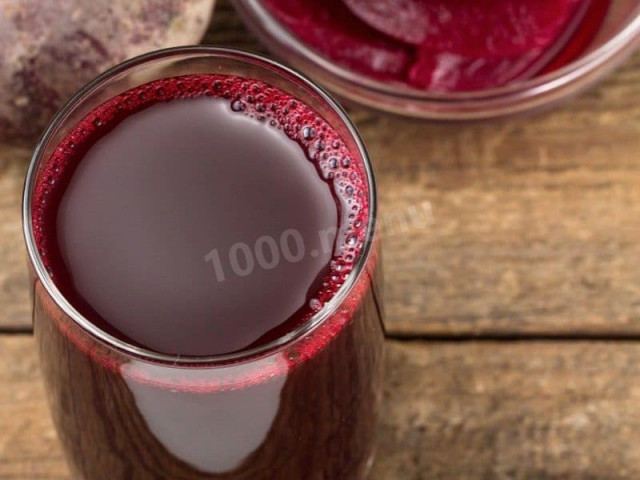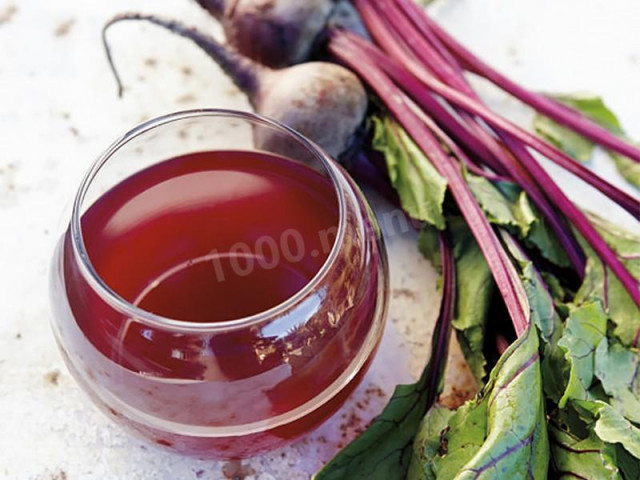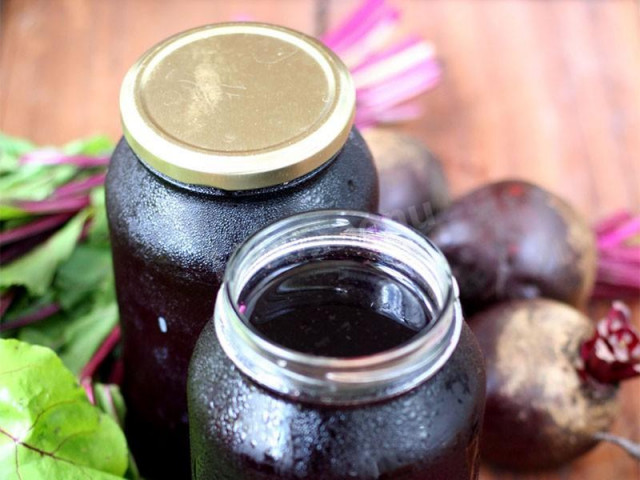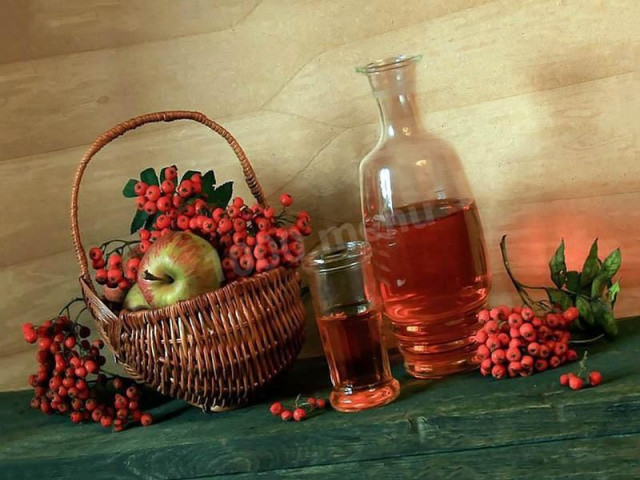Composition / ingredients
Cooking method
Before starting to make wine, it is necessary to pour boiling water over all the equipment used and wash your hands thoroughly. And also remember about the sterility of tools and the cleanliness of hands in the process of controlling the fermentation of wine.
Step 1.
Wash and sort the plums. Separate the bones from the pulp. Mash the pulp with your hands until smooth. Divide the bones into two halves, extract the kernels.
Step 2.
Prepare a fermentation tank with a wide neck made of glass, plastic or enameled. Send the prepared puree and the kernels of the bones into a container, pour cold water: at the rate of 1:1. Add sugar: at the rate of 50 grams per 1 liter of the resulting liquid. Mix everything thoroughly.
Step 3.
Tie the neck of the container with gauze and put it in a dark and warm, but not hot, room (the optimal air temperature is 19-23 degrees). The duration of the initial stage of fermentation is 72 hours, while every 7 hours the wort must be stirred with a clean wooden spoon or hand. Each time performing this manipulation, you should taste the wort and if it has acquired a strong almond flavor, then the kernels of the seeds are subject to immediate withdrawal.
After 4-10 hours from the beginning of the fermentation of wine, foam should appear on the surface of the wort - this will be the main sign that the aging process of the wine is going right.
Step 4.
After 72 hours, the wort is filtered through gauze. The cake squeezed dry is thrown away, and the next batch of sugar is added to the resulting liquid in the same proportions - 50 grams per 1 liter, the substance is mixed and sent to glass bottles, cans or large plastic bottles for fermentation. The prepared containers need to be filled to a maximum of 75% and closed with a water seal (any variation of this device, even a medical glove, is suitable for this purpose).
Step 5.
Remove the containers with the future wine in a warm dark room (the optimal temperature is 22-26 degrees).
After a few hours, oxygen should start to be released from the wort - this will be a sign that you are doing everything right.
Step 6.
The next portion of sugar must be added after 120-150 hours of fermentation of wine under a water seal. To do this, you need to prepare a syrup from a small amount of wort and sugar: sugar - 50 grams per liter of liquid, syrup preparation liquid - 500 ml per 1 kg of sugar (i.e. if you have 10 liters of wort, then you should dissolve 500 grams of sugar in 250 ml of liquid). Pour the resulting syrup back into the fermentation tank, mix and close with a water seal.
Step 6.
When the wort becomes transparent, the precipitate will fall out, and oxygen will stop being released (this will happen in 1-2 months), the young wine is drained through a tube without touching the precipitate. They try, if desired, add sugar for sweetness or alcohol for strength.
If after 2 months your wine still releases oxygen, then it is still carefully drained, separating the sediment and sent back under the water seal for further maturation (this procedure can be repeated every 10-30 days, as soon as the sediment level reaches 2-3 cm, for several months, until the wine is fully ripe).
The finished wine is bottled in glass bottles, hermetically sealed and stored in the basement or refrigerator (shelf life is up to 5 years).
Caloric content of the products possible in the dish
- Plum - 42 kcal/100g
- Fresh frozen plum - 52 kcal/100g
- Granulated sugar - 398 kcal/100g
- Sugar - 398 kcal/100g
- Water - 0 kcal/100g

